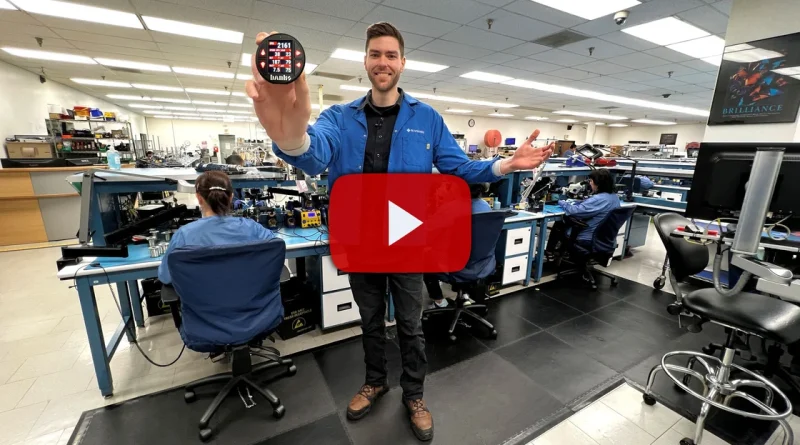
The best automotive hack
Unlock the power of real-time engine data anywhere you go with the ultra-compact iDash Pro—your ultimate automotive hack for precise diagnostics and performance monitoring.
The Leader in Diesel Performance

Unlock the power of real-time engine data anywhere you go with the ultra-compact iDash Pro—your ultimate automotive hack for precise diagnostics and performance monitoring.
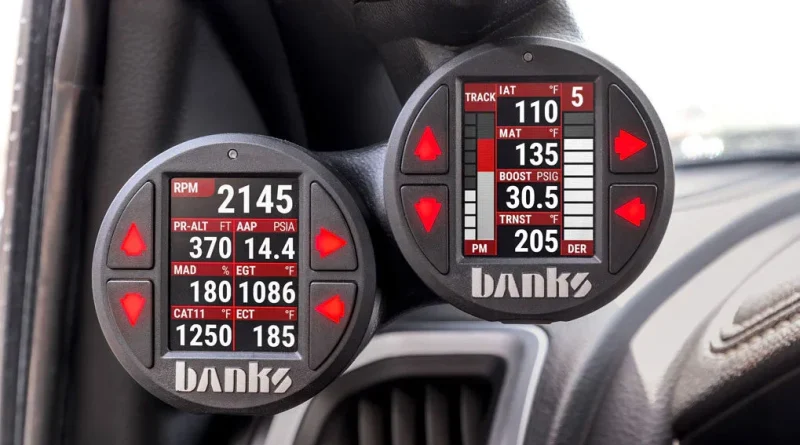
Banks continues to refine its flagship diagnostic tool with the latest iDash Pro firmware update. Version 1.05 unlocks powerful new features like Min/Max Logging, expanded regen support, and broader vehicle compatibility, making this a must-have update for serious enthusiasts and pros alike.
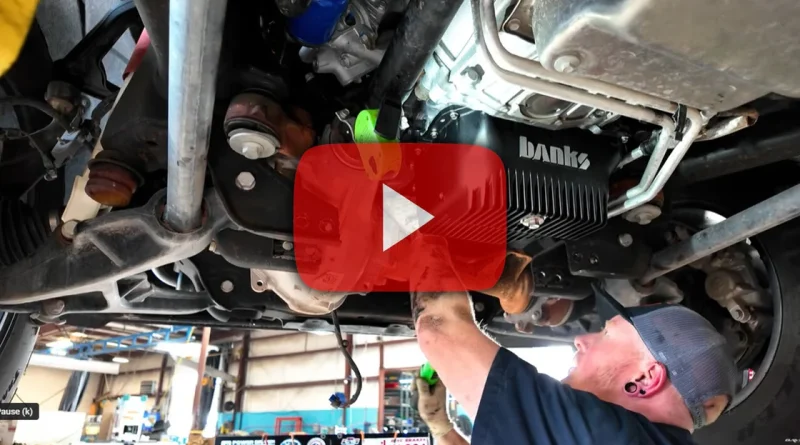
Jake from Dave’s Auto demonstrates just how easy it is to upgrade a 2022 Duramax with a Banks CoolRunner Oil Pan and Ram-Air Differential Cover. He shares install tips and shows how these parts improve performance, protect the engine, and keep things clean during maintenance.
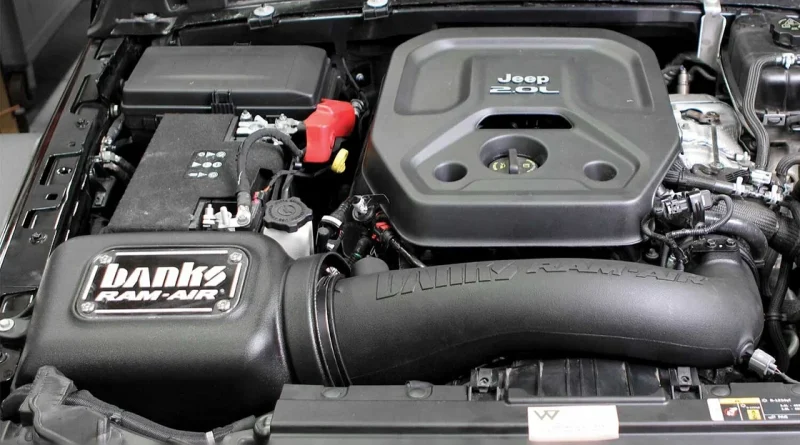
Banks’ Ram-Air Intake System for 2018–2023 2.0L turbo and hybrid Jeep Wrangler JLs now boasts 50-state emissions compliance. With a Big-Ass Filter and industry-leading airflow, it delivers powerful performance gains without compromising legality.

A 2021 GMC 2500 Denali owner was shocked to learn how much dirty oil is left behind after every oil change. Learn how the Banks Deep Aluminum Oil Pan solves this overlooked problem and protects his Duramax investment for the long haul.

Justin Bruce couldn’t believe the difference the Banks PedalMonster made in his 2024 Chevy 1500. Paired with the iDash, the combo delivered insane throttle response, data monitoring, and a stealthy factory look.
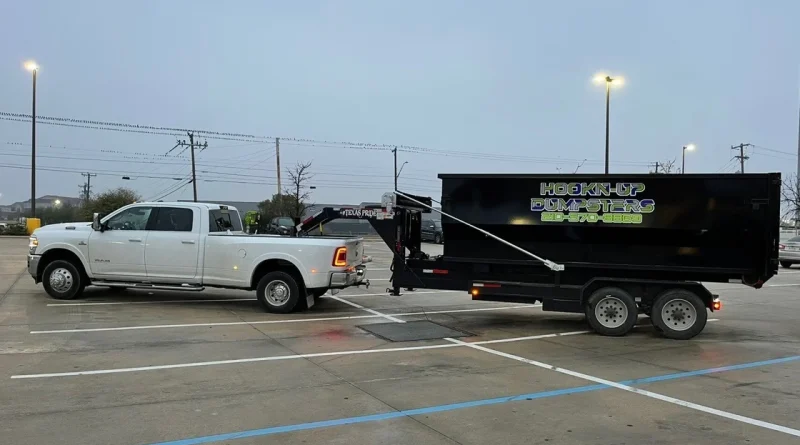
Juan Lopez counts on his Ram trucks for business, and the Banks Monster-Ram upgrade ensures those trucks stay on the road. By eliminating the stock grid heater’s risk of engine failure, this simple upgrade brings long-term peace of mind and performance.

The 4.5L Duramax diesel V8 was a promising GM engine project that never reached production. Its cancellation left enthusiasts speculating about its potential impact on the diesel market.

Banks Power’s Monster-Ram intake manifold for 2007–2024 RAM 2500/3500 6.7L Cummins trucks is now CARB-compliant, offering enhanced airflow, improved throttle response, and emissions compliance across all 50 states.

Banks Power’s independent testing reveals that many aftermarket differential covers may hinder performance. Their patented Ram-Air design enhances cooling efficiency, improving power and fuel economy.